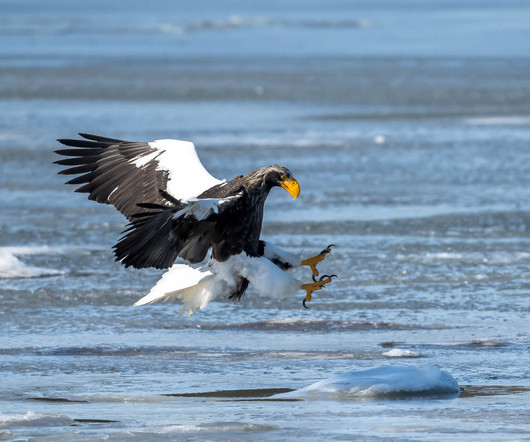A Fierce Cartoon Bird: Steller’s Sea Eagle on Hokkaido
10,000 Birds
APRIL 29, 2024
Even the review has some interesting information – for example, a major predator of eagle nests is the Brown Bear. It is even more specific, stating that brown bears depredate 20 % of offspring on Sakhalin Island (but not on the mainland).













Let's personalize your content